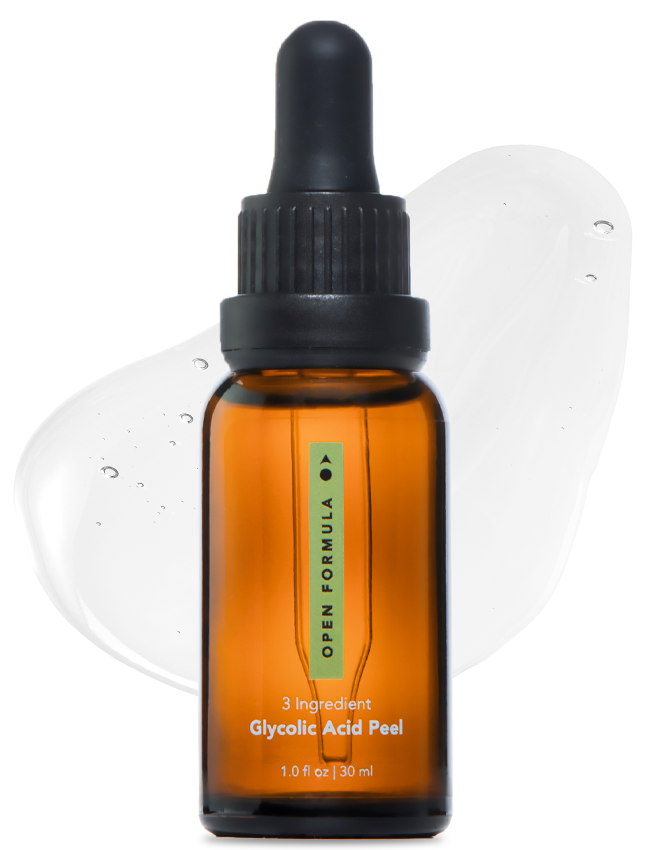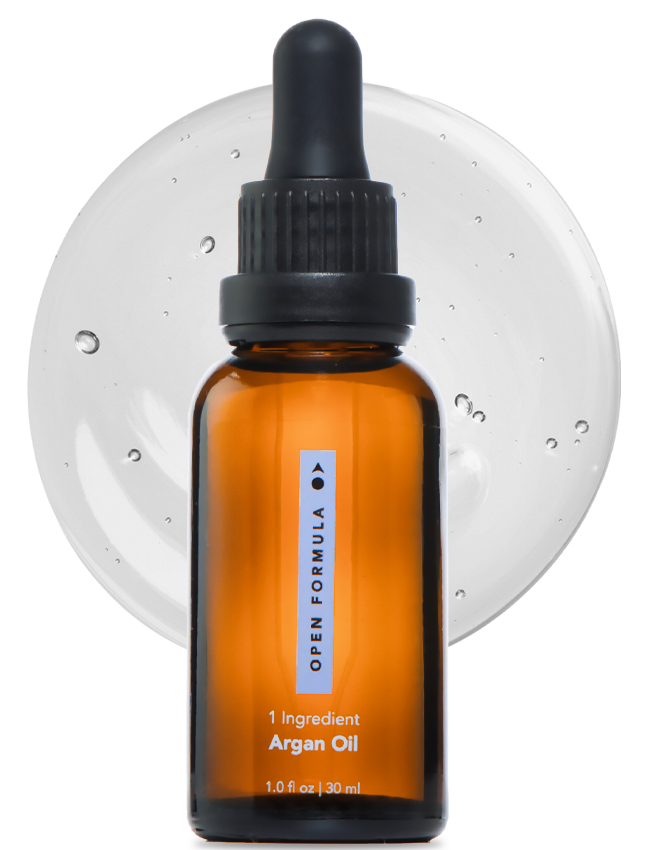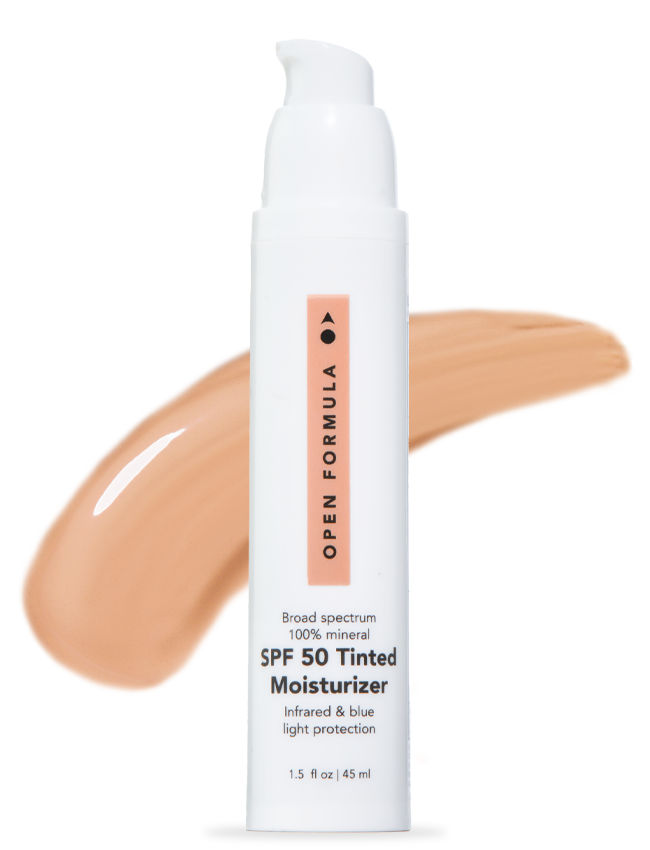There's a reason that chemical peels are the most popular treatment across the country—they literally do everything for your skin. Depending on the chemical peel type you're using, peels can help fight breakouts, smooth wrinkles, and even out skin tone. So just what is a chemical peel, anyway?
What is a Chemical Peel
A chemical peel is a technique used to smooth and improve the appearance and texture of your skin. A peel is most commonly used to treat facial skin. Peels remove the outermost layers of skin, improving the look of scarring and aging. This removal occurs because the chosen peel solution induces limited and controlled "injury" to the skin.
For some, the word “peel” is associated with super flaky, peeling lizard skin. It doesn’t have to be the case. You can certainly get a super strong peel two times a year, but you can also do gentle ones more often. When done correctly, a chemical peel is one of the best procedures that you can get. It's basically chemical exfoliation on steroids!
Chemical peels use concentrations of acids up to 70%. This is way stronger than anything available over the counter! With these high percentages, it means they need to be done by a professional, such as an esthetician or dermatologist.
What are the Most Common Chemical Peel Types?
This isn’t an exhaustive list of all the types of chemical peels, but these are the most common ones that you’re likely to run into.
- Glycolic Acid
Glycolic acid is one of the most common and potent acids for chemical peels. It’s an alpha-hydroxy acid, which gives it specific abilities over other types of acids. Of all the alpha-hydroxy acids, glycolic acid has the smallest molecular weight. This means that of all the AHAs, it can penetrate skin the easiest. This is great news in terms of potency but isn't good news for easily irritated skin. However, most people can handle glycolic acid, which is why it's the 'gold standard' acid for chemical peels.
Ideal for: Normal Skin, Dry Skin, Oily Skin, Uneven Skin Tone
- Lactic Acid
Lactic acid has a lot of similar effects on the skin as glycolic acid, such as creating an even skin tone, decongesting skin, and adding overall luminosity. Its molecule size is slightly bigger than glycolic acid, and it wasn't as commonly used in peels until the '90s. It is more mild. And actually hydrating. So it is well suited for sensitive skin types, or those who are just starting with chemical peels. Lactic acid has a long history in skincare. Remember how Cleopatra bathed in donkey milk? It's thought that she was taking advantage of all the benefits of lactic acid.
Ideal for: Normal Skin, Dry Skin, Oily Skin, Uneven Skin Tone
- Salicylic Acid
Salicylic is a beta-hydroxy acid (BHA). This means it has a slightly different make-up compared to the AHAs we've talked about previously. Beta-hydroxy acids are oil-soluble, so they're much better at decongestion compared to other types of chemical peel solutions. Typically, a salicylic acid peel benefits acne-prone skin the most, and it's easy to see why!
Ideal for: Oily Skin, Acne-prone skin
Always Combine With SPF
All types of chemical skin peels basically dissolve the uppermost layer of dead skin cells (the scientific term is 'desquamation'). This exposes new skin underneath, which is much more vulnerable to the sun. This is called photosensitivity and is a side effect of all chemical peels. Unfortunately, there's no way around it.
While you should already be using sunscreen as a daily part of your skincare routine, it's extra important to use in the days after a peel, so you don't burn your extra-sensitized skin.
Can You Do Chemical Peels at Home?
Super strong chemical peels are not recommended as a do-at-home treatment. While they're incredibly effective when done in the hands of professionals, the risk of skin damage is too great when working with such high percentages at home. However, there are milder versions that you can use!
These are great for getting results over time. Though they might not be as dramatic as the before and after photos you see of peel sessions. But the acids still work the same on the skin—just at lower concentrations. You might see these products labeled as 'peeling solutions' or 'exfoliating toners'.
What to Look For
You can be sure peeling solutions or exfoliating toners actually work by checking the percentage of acid in the product. For lactic and glycolic acid, concentrations are usually around 4-10%. Salicylic acid is normally capped at 2%. This doesn't mean it's less effective, though! Some products even combine acids for extra effectiveness.
How to Apply
These peeling solutions can be applied with a cotton round and left on. Or if your skin is more sensitive, you can rinse it off after 5-10 minutes. And if you are in a real hurry, you can exfoliate with the cotton round for 30-60 seconds, let it dry and move on with your routine. You may be thinking—this isn't a lot of time! With properly-formulated skincare, this isn't an issue.
Now that you know what a chemical peel is, you can choose how to incorporate it into your skincare routine.






























